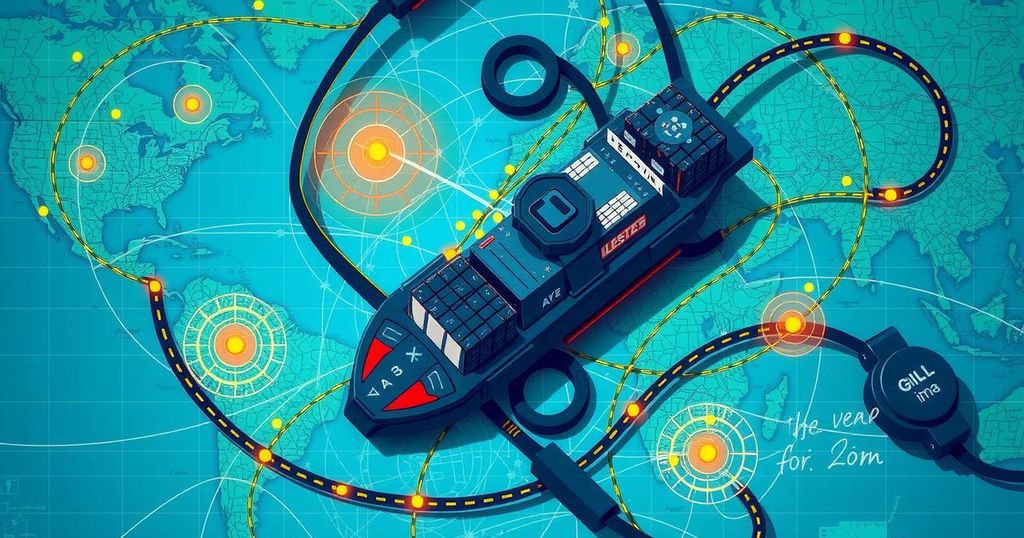A YouTuber named MegaLag attempted to send a package to North Korea, using an AirTag for tracking. His efforts revealed significant challenges, including misrouting and restrictions due to COVID-19. Despite failures in delivering the package, he successfully tracked its journey, highlighting the complexities of shipping to North Korea and the effectiveness of tracking technology.
In an era where communication and travel to North Korea remain largely unattainable, a curious German YouTuber named MegaLag initiated an intriguing experiment to explore the feasibility of sending a package to this secretive nation. His primary aim was to assess if a package could successfully reach North Korea, while simultaneously tracking its journey in real-time using an AirTag—a GPS tracking device made by Apple.
MegaLag dispatched a package to the German embassy situated in Pyongyang, enclosing the AirTag within it. The package was shipped via DHL from Düsseldorf. His intention was not only to dispatch the package but also to monitor its progress closely, inquiring whether it would ultimately arrive at its destination or encounter unforeseen complications.
Initially, MegaLag encountered a significant delay, with his AirTag revealing that the package stagnated at a DHL warehouse in Frankfurt for an entire month. Eager for resolution, he communicated with DHL, which initiated an investigation but informed him that the sorting could extend up to two months. Unperturbed, MegaLag decided to send a second package to North Korea, once again including an AirTag inside, in hopes of achieving a quicker outcome.
However, the second shipment did not fare any better. This package was misrouted to Seoul, South Korea, and subsequently declared lost by DHL. Simultaneously, the first package continued to remain in transit, ultimately ending up in Beijing, far removed from its original target. Determined to progress with his experiment, MegaLag undertook a third attempt, which unfortunately also faced misrouting—this time being returned to Germany after initially redirecting to South Korea.
Throughout these setbacks, it was revealed to MegaLag that North Korea had been rejecting all foreign packages due to COVID-19 restrictions—a fact that DHL had not disclosed prior to the commencement of his experiment. Nevertheless, the AirTag proved to be an effective tracking tool; despite DHL’s claims of loss, MegaLag was able to monitor the real-time locations of his packages.
Ultimately, while MegaLag’s primary objective of successfully sending a package to North Korea was not achieved, his experiment shed light on the formidable barriers of shipping to such a nation and highlighted the utility of modern tracking technology. The journey underscored the complexities involved in navigating logistics in unpredictable contexts and emphasized the unexpected capabilities of contemporary technological solutions in addressing those challenges.
In conclusion, MegaLag’s experiment to send a package to North Korea revealed significant insights into the challenges associated with international shipping to a highly restricted country. Despite various misroutes and ultimate failure in delivering the package, the effectiveness of the AirTag for tracking purposes was notably successful. This experiment underscores the obstacles presented by geopolitical restrictions, while also showcasing the potential of modern technology to elucidate complex logistics. Overall, it reflects on the intricate dynamics of navigating such unpredictable scenarios.
Original Source: www.wecb.fm






